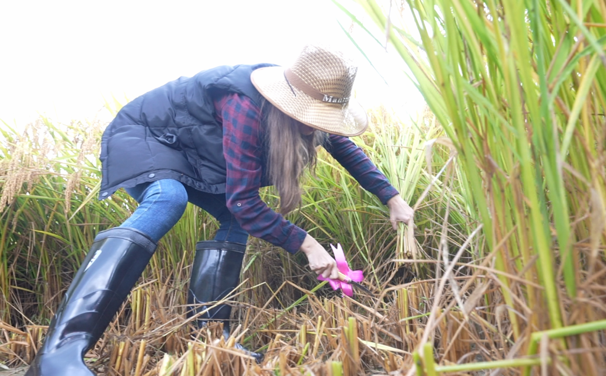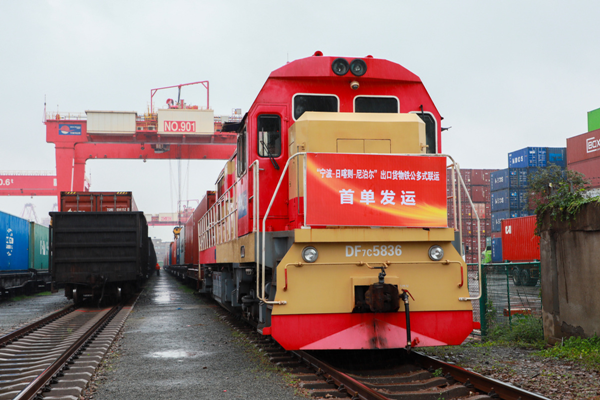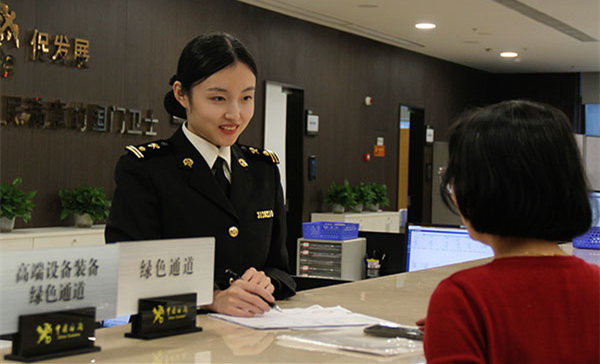Fenghua rural painting

This form of rural painting, originally done in ink, was popular during the Ming (1368-1644) and the Qing (1636-1912) dynasties. It saw further development in the 1950s and '60s, with exhibitions, murals and wall paintings telling the history of villages and contrasting the misery of the past with the present happiness and long-range planning. Since the reforms and opening up, these rural paintings gradually went from picture posters to folk painting with greater value.
By that time, there were more than 200 painters, and more than 100 of them active. Around 30 of them took part in exhibitions at the provincial or municipal level, and 15 have taken part in national exhibitions or overseas. Currently, they are local farmers, teachers, cadres, workers, entrepreneurs, and craftsmen. And institutions to support this art form have been established and teams have been set up in the towns of Tongzhao, Jieqi, Ge'ao, Xikou, and Xiwu. And there is a rural painting village in Tongzhao, and a mural village in Ge'ao.
In February 1988, Fenghua was named a "modern Chinese folk painting" town by China's Ministry of Culture.

 China makes outstanding contributions to global energy transition
China makes outstanding contributions to global energy transition 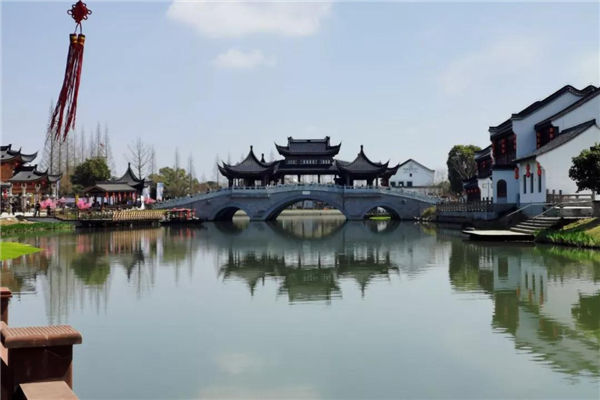 Ningbo village inspires Malawi official
Ningbo village inspires Malawi official 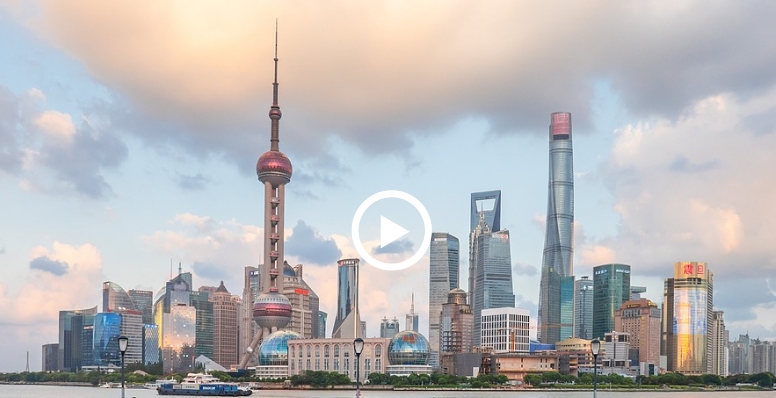 A look at China's economic data in the first three quarters of 2024
A look at China's economic data in the first three quarters of 2024 